#Technology
Waymo Spins Tragedy Into Triumph for Autonomous Vehicles
Last month, a motorcyclist was injured by one of Waymo’s self-driving Chrysler Pacificas. According to the accident report, a car in the left lane attempted to merge into the same middle lane as the Pacifica test platform, which was operating in autonomous mode. The safety driver then “took manual control of the Pacifica out of an abundance of caution, disengaged from self-driving mode, and began changing lanes into [the outside lane].”
Considering the AV wasn’t traveling above 25 mph, it’s a little curious the driver took evasive action, unless the second car attempted to merge directly into it. Regardless, the Pacifica’s lane change placed it into direct contact with a motorcycle that was moving slightly faster. Waymo said that, had the autonomous system been left in play, the vehicle would have assuredly avoided the accident.
Uber Eager to Restart Autonomous Testing, This Time With Two Safety Drivers
Are two safety drivers better than one when it comes to the testing of self-driving cars? Uber Technologies feels it is, declaring as much to Pennsylvania’s road regulator. The company has filed an application with the state’s department of transportation to resume testing of autonomous Volvos, eight months after a fatal collision with a pedestrian on a darkened Arizona highway.
Uber stopped all autonomous testing in the wake of the March 18th collision, with the Arizona program dismantled for good. In Pittsburgh, the company hopes to show it learned from the safety lapses revealed in the accident investigation. These Volvos now have two fail-safes on board. Is it enough to restore the public’s trust?
Volkswagen Might Put Audi on the Back Burner, Spend More Time With Ford: Report
According to sources who spoke to Reuters, Volkswagen Group has more interest in pursuing technological relationships with new partners, especially Ford, than continuing on with Audi as its main development hub. At least for a while.
VW CEO Herbert Diess will reportedly unveil a 10-year plan to his company’s board later this month, part of an efficiency initiative born of diesel fines and the need to stay ahead of rivals. While the move would lessen Audi’s importance in the group, VW would stand to save big on R&D costs. Meanwhile, Ford might get access to VW’s electric vehicle architecture.
Global Survey Reveals Who We'd Prefer to Sacrifice on the Bumper of a Self-driving Car
In 2014, as publications and automakers began making greater noise about autonomous vehicles, researchers at MIT’s Media Lab issued some questions to the public. The institute’s Moral Machines experiment offered up a series of scenarios in which a self-driving car that has lost its brakes has to hit one of two targets, then asked the respondents which of the two targets they’d prefer to see the car hit.
Four years later, the results are in. If our future vehicles are to drive themselves, they’ll need to have moral choices programmed into their AI-controlled accident avoidance systems. And now we know exactly who the public would like to see fall under the wheels of these cars.
However, there’s a problem: agreement on who to sacrifice differs greatly from country to country.
ZF's New Camera System Focuses on an Oft-ignored Danger: the Driver
The rollout of semi-autonomous driver assist systems designed to turn long highway slogs into stress-free, breezy jaunts isn’t in any way perfected, but OEMs and suppliers are working on it. Depending on who builds what, lane-holding can be dodgy, automatic braking can be capricious, forward-facing cameras and radar can misidentify or ignore objects, and drivers can easily be put on too long a leash, encouraging misuse.
It’s the latter issue that automotive supplier ZF wants to solve with its new interior camera system.
Day-rate Disruptors: Rental Agencies Sure Seem Excited About Mobility
Car rentals have evolved rather dramatically in the new millennium. While you can still reserve over the phone before walking into an office to pick up the manager’s special for the agreed upon timeframe, alternatives are many. ZipCar transformed how some people get around an urban environment by allowing customers access to an array of automobiles at hourly rates. Seeing its potential, Avis acquired the company in 2013, expanding its function to include a less stringent return policy via ZipCar Flex.
Meanwhile, Enterprise has its own short-term rental services. Recently, the company has been on a kick to purchase as many mobility firms as it can. Hertz, which has been a little slower to dive into mobility culture, does offer alternatives to traditional rentals in specific markets. It also announced a new strategic partnership with the tech firm Aptiv last July to start testing autonomous fleets this fall.
This, of course, is all taking place in an era where carmakers are launching fleets of their own while attempting to rebrand themselves as data and mobility companies. But surely these rental agencies are just hedging their bets and trying to adopt new tech to better serve their customers. They’re not about to adopt the same tired rhetoric, are they?
Tesla Places Pointless 'Self-Driving' Option On Hiatus
Tesla Motors is abandoning the “fully self-driving” purchasing option on all of its vehicles. The option debuted in 2016 as a way to ensure your new car would be future-proofed and able to incorporate autonomous features. But those upgrades never really came — leaving customers who spent $8,000 angry enough to file a class-action lawsuit against the company for failing to deliver on its promises. At least they still got those EV tax credits and free access to the company’s fancy new Autopilot chip (which is also a bit of a mystery item).
The option appears to have been removed from Tesla’s website this week — prompting customers to ask CEO Elon Musk what was up after he announced a rejiggering of the Model 3 lineup. According to a tweet from Musk, the self-driving option was removed because it “was causing too much confusion.”
Well, whose fucking fault was that?
Genesis Previews G70's New 3D Instrumentation
Everyone who spends the majority of their time obsessing about cars seems to low-key adore the Genesis G70. It’s handsome, comfortable, and apparently handles like a sports sedan should. The dealership will even sell it to you with a manual transmission and rear-wheel drive if you can live without the 365-horsepower twin-turbo 3.3-liter V6. It also undercuts the starting price of its self-selected rival, the BMW 3 Series, by a full ten grand — softening the blow of any shortcomings it may possess.
However, there is one aspect that puts it a step behind its more-expensive competition. The G70 still uses analog instrumentation in conjunction with its digital interfaces. While this is a non-issue for many enthusiasts, as most electronic gauges simply mimic traditional clusters (and sometimes rather poorly), the general public expects premium autos to have the most-flashy tech available.
Genesis is remedying the situation in South Korea as read this. But, rather than than simply bringing the G70’s display up to the bar, it has decided to do a front flip over the status quo by offering what it claims is the world’s first 12.3-inch 3D instrument cluster.
The Message Isn't Getting Across - Drivers Still Think Too Highly of Gee-whiz Driver Assist Features
American safety advocates have long cautioned motorists and manufacturers that poor communication leads to unrealistic expectations of driver assist systems, thus putting lives in danger. The Europeans are waking up to this reality, too.
Despite an ever-growing list of standard tech in new cars, customer bewilderment hasn’t waned, a new study shows. You’d be alarmed (but perhaps not surprised) by the number of people who think self-driving cars are already on the market.
Musk Claims Tesla's New Autopilot Chip Is Only Six Months Away
Tesla CEO Elon Musk says a new chip aimed at improving its vehicles’ Autopilot features will be available in about six months.
However, if you’re hoping the automaker is preparing to light some candles and knock its vehicles up with legitimate self-driving technology, you’ll need to keep on wishing. During a string of tweets on Tuesday, Musk explained that the new chip would be a $5,000 extra for customers who did not purchase their cars with the “Full Self-Driving” package — an automotive claim that’s about as valid as Donald Trump’s hair or Elizabeth Warren’s status as a Native American.
Freeway Spinouts and Injuries: Report on Uber-Google Lawsuit Shines Light on Self-driving Tech's Dangerous Early Days
If reading about young brainiacs with God complexes and too much money living in Silicon Valley makes you ill, best not read this while eating. For everyone else, you’re encouraged to take a peek at this report in The New Yorker.
It’s a Marianas Trench-deep dive into what occured in the years leading up to last year’s filing of an intellectual property theft lawsuit by Google’s Waymo autonomous vehicle unit against ride-hailing company (and rival self-driving vehicle developer) Uber. The alleged theft is intriguing, but the behind-the-scenes accounts of what went on at Google’s pre-Waymo self-driving car effort is the stuff of HBO and Netflix. There’s crashes and mayhem, egos, genius, and money, money, money.
Absolutely no sex, of course.
It's Always Leg Day in This Pedal-powered Audi A4 Avant
It’s an idea that seems stupid and brilliant all at once, and a Dutch firm wants it to find a home in Europe’s passenger cars.
Europeans, often portrayed in films as sexy people with a penchant for rich foods and impeccably fashionable clothing, aren’t immune from the sedentary lifestyles and obesity afflicting their Western compatriots. Commutes eat up a lot of time, and not everyone bikes or takes a train to work — even in insufferably progressive Amsterdam.
Following a request from an inventor looking to free up more exercise time during the day, Dutch engineering firm BPO set about converting an Audi A4 wagon to run on pedal power. The car’s turbo 2.0-liter four-cylinder still does the work, but it won’t work if the driver doesn’t break a sweat.
Hands Off: Cadillac's Super Cruise Beats Tesla's Autopilot in First Consumer Reports Ranking
Now that new car buyers have a decent selection of semi-autonomous driving systems to choose from, Consumer Reports felt it would be a good idea to put them to the test.
Expect to see much consternation expressed on Tesla forums. The rankings, which pitted Cadillac’s Super Cruise against Tesla’s groundbreaking Autopilot, Nissan’s ProPilot Assist, and Volvo’s Pilot Assist, shows GM’s luxury marque in the lead.
What propelled Cadillac’s system to the top of the heap? The same element that gave Tesla’s system a black eye two years ago: safety.
Scary Stats: Drivers Don't Know Jack About the Tech In Their Car
Over the weekend, I found myself conversing with a young woman who admitted to being slightly creeped out by modern automotive technology. She had a bone to pick with everything from push-button ignitions to adaptive cruise control. It was surprising admission from an individual who is planted squarely in the middle of the Millennial age bracket and has no serious interest in cars, but one I’ve been hearing more often lately.
The American Automobile Association seems to be rather touchy on the issue, as well. Much of its interest in the subject revolves around present-day tech lending itself to distracted driving, something it is firmly against. But the AAA Foundation for Traffic Safety appears absolutely convinced that the introduction of advanced driver assistance systems will save lives. However, it also believes that its full potential won’t be unlocked until consumers accept these technologies, understand how to use them, use them as intended, and avoid misusing or becoming over-reliant on them.
Frankly, that sounds like wishful thinking. So long as advanced driving aids exist, they’ll probably be misunderstood and misused. People don’t even use their turn signals correctly, for Christ’s sake.
Back to Black: Infiniti's New Concept Is All About What's Under the Hood
Infiniti doesn’t want you to look at the Project Black S prototype and ooh and ah over its looks. It’s a Q60 with an aero makeover. No, Infiniti created the Project Black S as a technological showpiece, due to be revealed Monday in the periphery of the Paris auto show.
Beneath its hood is what Infiniti’s mulling for the sportier side of its electrified future. The prototype incorporates a hybrid system that finds energy at every turn — not just from regenerative braking, but exhaust gasses, too. While mashing the throttle of an internal combustion vehicle is hardly the greenest way to generate electricity, drivers looking for added boost likely won’t mind.





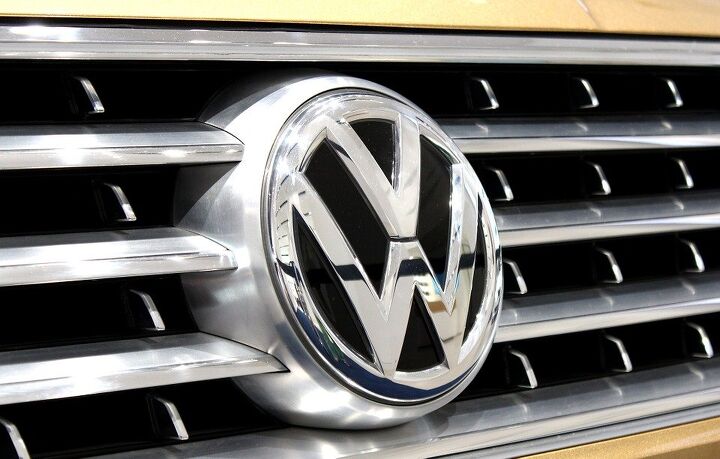



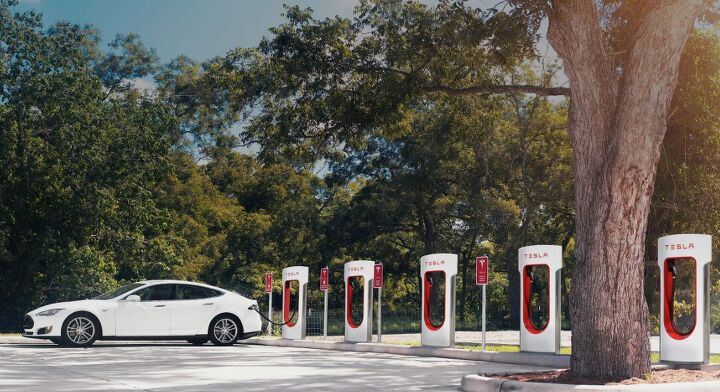
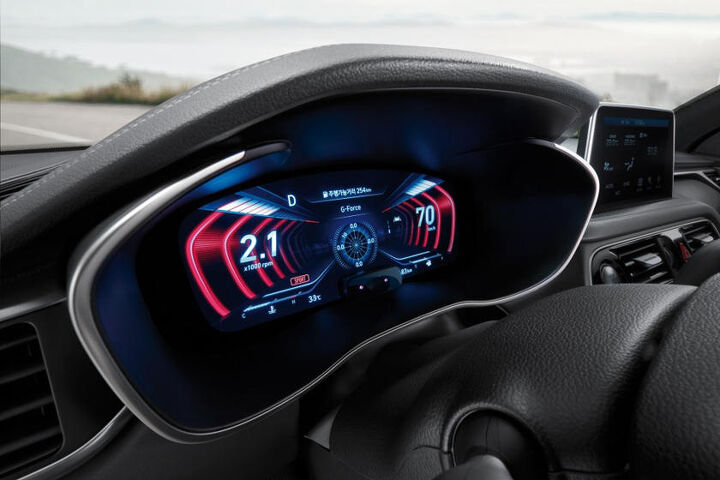
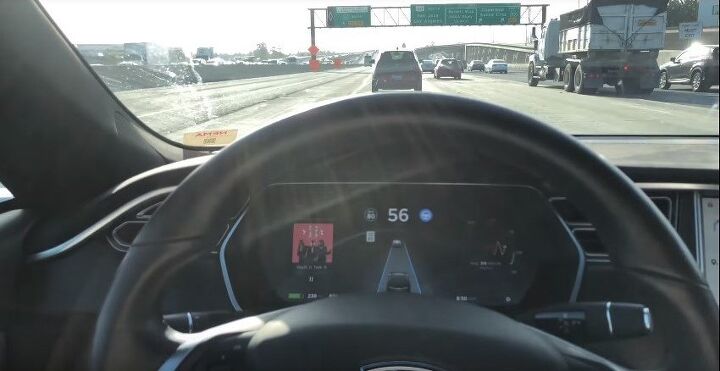

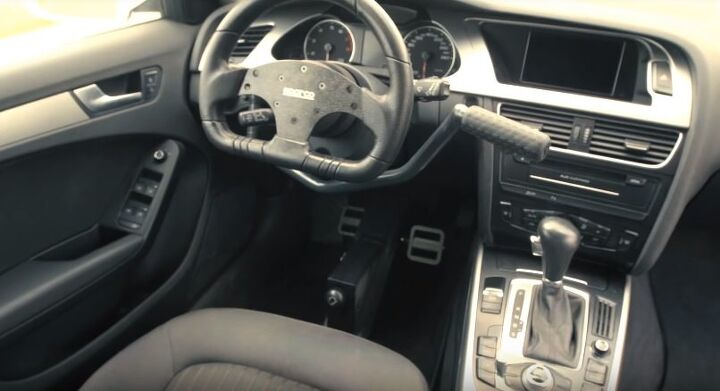
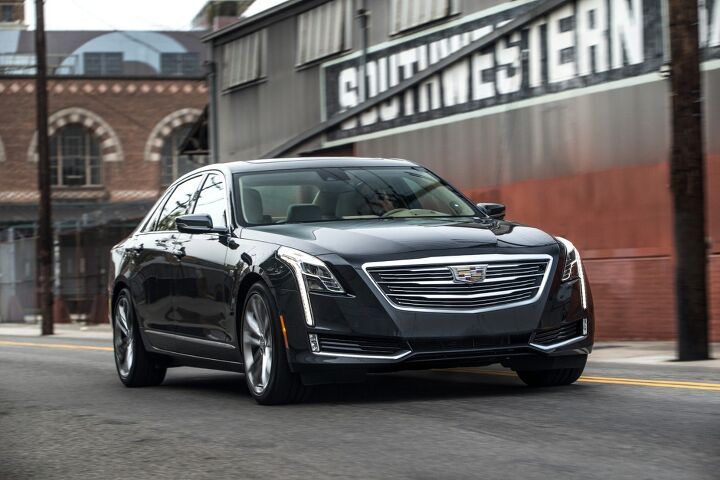
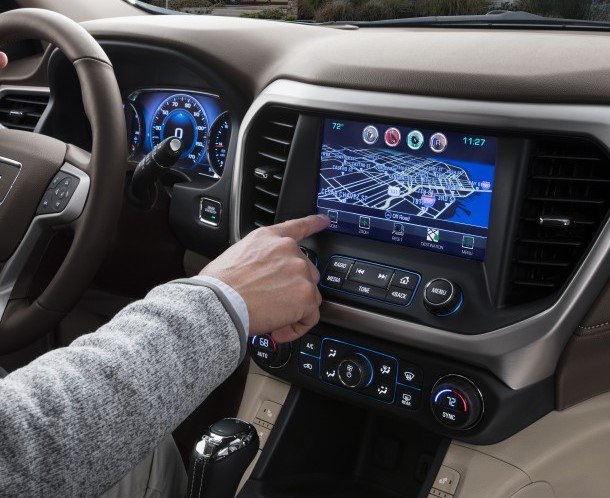













Recent Comments